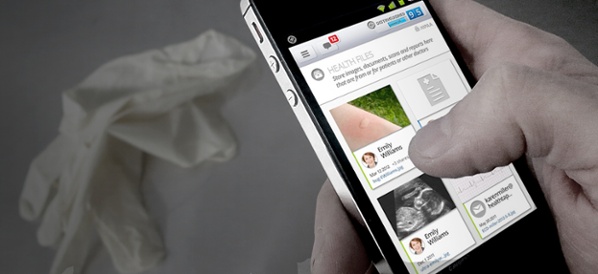The healthcare landscape is changing—patients and doctors want smart, connected solutions. As a result, there has been a big push to use technology to get to these solutions, and software is a critical element, said Michelle Jump, principal regulatory affairs specialist at Stryker Corp. at the annual RAPS Regulatory Convergence held in Baltimore this week. From health software and wearables to tackling cybersecurity, the management of healthcare data and the role of mobile medical apps (MMA) were central points of discussion between FDA and other key industry leaders at the event.
MedTech Intelligence introduces its mHealth for Medical Devices conference, February 3-4, 2016 in Washington, DC. Attend in person or virtually. LEARN MORE. The industry needs to prepare for the massive amount of healthcare data coming its way, advised Jump. With this flood of data come connectivity issues, changing quality system and compliance expectations on a global level, and software development and management challenges. As a result, device manufacturers in the digital health market must embrace being part of a community of devices that are trying to solve a range of issues versus operating as a standalone company. “There’s an entirely new strategy we have to think about,” said Jump. “We’re not by ourselves anymore.” Bakul Patel, associate director for digital health at FDA, agreed, noting that the agency is working with international stakeholders on this front. “It’s not a one-person effort,” said Patel. “As devices are integrated in a connected world, what lessons can we learn from other industries? When it comes to technology, it’s important for us to think about the challenges and opportunities put in front of us in global environments.”
FDA Focus on Digital Health
As the healthcare landscape shifts from the clinic to the patient’s home, manufacturers must learn how patients behave outside of the clinic in order to develop technologies that meet their needs. By 2020, Patel estimated that $233.3 billion will be spent globally on digital health. In May 2014, there were nearly 7 billion mobile subscriptions worldwide—that’s about 95.5% of the world population. “This is an opportunity for us to leverage connectivity and take healthcare to the next level,” said Patel. With this quickly evolving healthcare environment and the increased integration of medical devices and software with digital and mobile health systems, the agency is focusing on digital health as a whole in an effort to better manage the benefits and risks that play a role in this arena.
Refer to the International Medical Device Regulators Forum for documents on SaMDSoftware as a medical device (SaMD) presents challenges to manufacturers from a development and quality standpoint. Patel defined SaMD as software on its own that is intended for medical purposes without being part of medical device hardware. One of the areas that needs further clarity, both in the United States and globally, is the basic vocabulary used when talking about SaMD, said Patel. The collaboration aspect is crucial, as in many cases, software developers operate in a separate world, and thus the software process is built as an addition after critical product development phases. Having an aligned language will help stakeholders begin to start thinking in the same direction and enable them to more effectively work together. In addition, Jump advised that manufacturers examine their quality system to find out whether it supports the development of SaMD. Would happen if you ran your product through your quality system?
Wearables, Mobile Medical Apps and Data Obesity
We’re living in a world of “data obesity”, said Patel. A huge amount of data is being collected, but industry needs to spend more time, money and efforts to transform that data into valuable information.
Have questions for FDA about digital health or MMAs? Reach out to mobilemedicalapps@fda.hhs.gov or digitalhealth@fda.hhs.gov for more informationWhile most mobile medical apps (MMA) are not considered medical devices, there is a small subset that is considered accessories to devices that are regulated, and there is a bit of enforcement discretion that comes into play. The agency is keeping its eye on MMAs as the field continues to evolve. In February, FDA released the updated Mobile Medical Applications guidance to provide further clarity.
The term “wearables” is another tricky area. “FDA does not have a definition of a wearable. In this world, a wearable is something that will give you some type of health information… and possibly lead you to health intervention,” said Mary Weick-Brady, regulatory consultant and former FDA senior policy advisor. A range of products could potentially be considered wearables, and as a result, there’s a need for a solid definition. Technically, a wearable could be anything from a prescription to an over-the-counter device to an FDA-regulated product. It’s a broad and informal definition, and the majority of wearables are intended for patients to use outside a clinical environment. “This is where I worry,” said Brady. “A lot of these devices…they aren’t under a lot of regulatory enforcement. There are a lot of products out there that could cause potential problems for users.”
Patient and consumer demand for easy access to reliable health information will only continue to grow. FDA, device manufacturers and industry stakeholders will be challenged to keep a firm pulse on user behavior, while also considering technology integration and interoperability, and data management.







